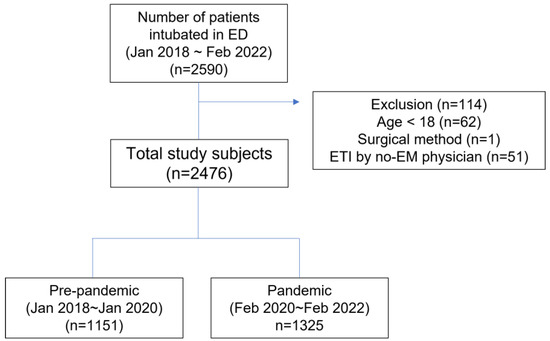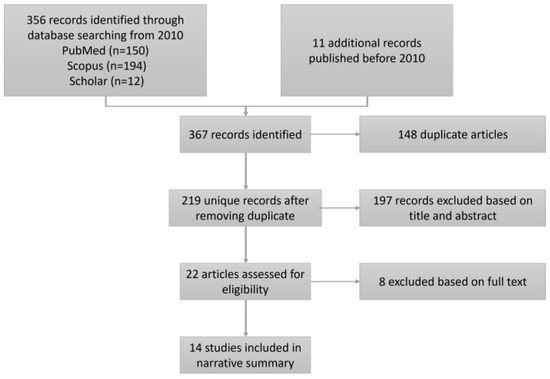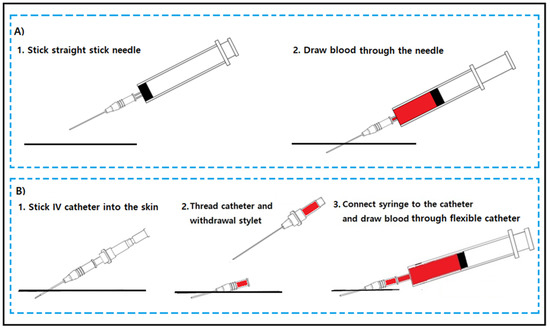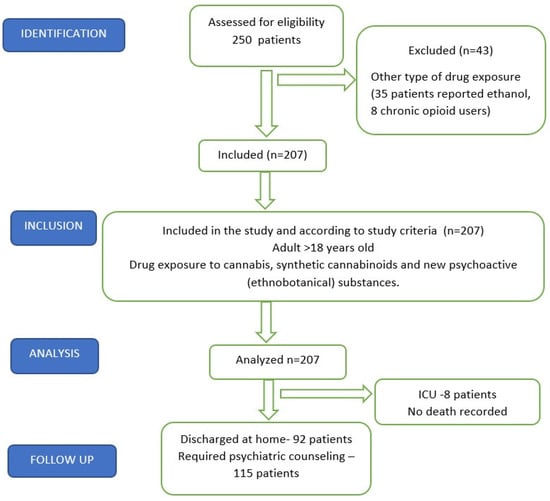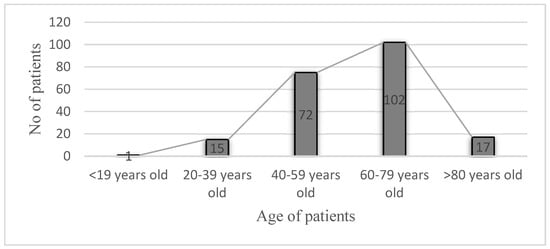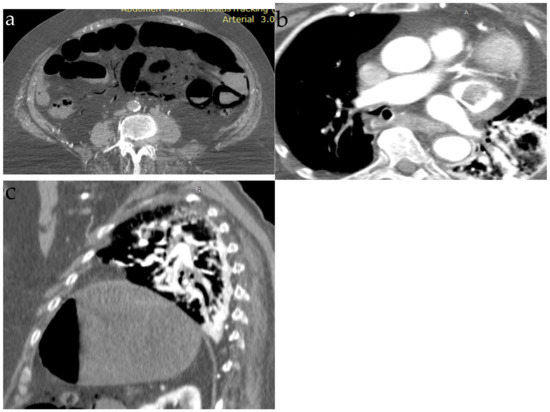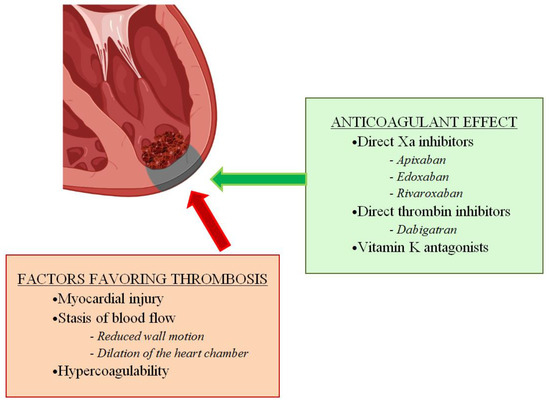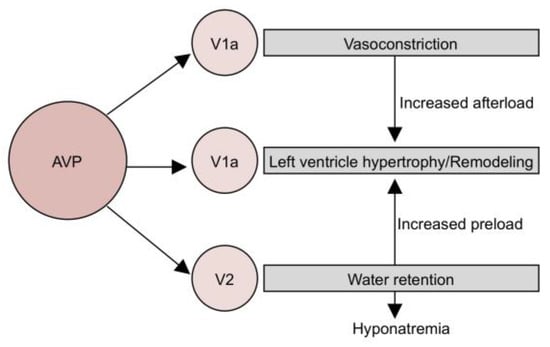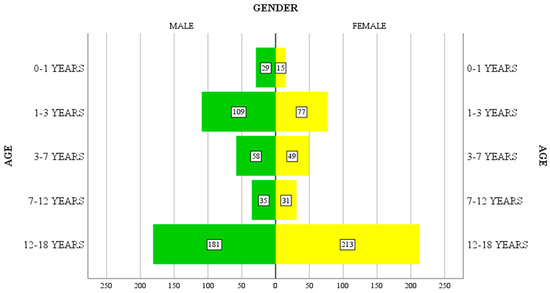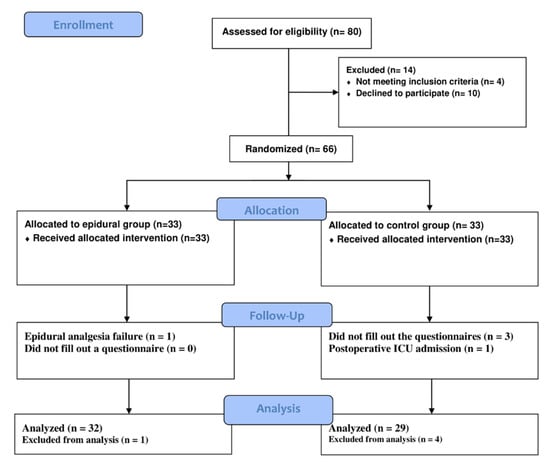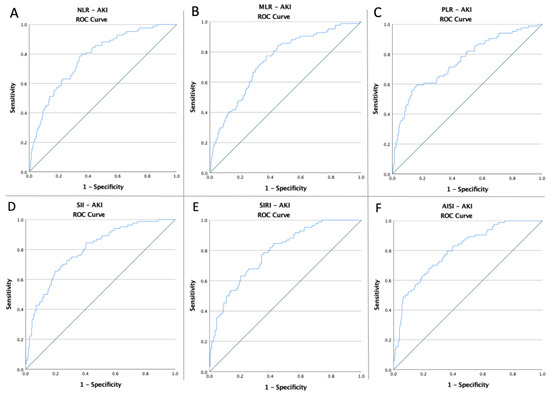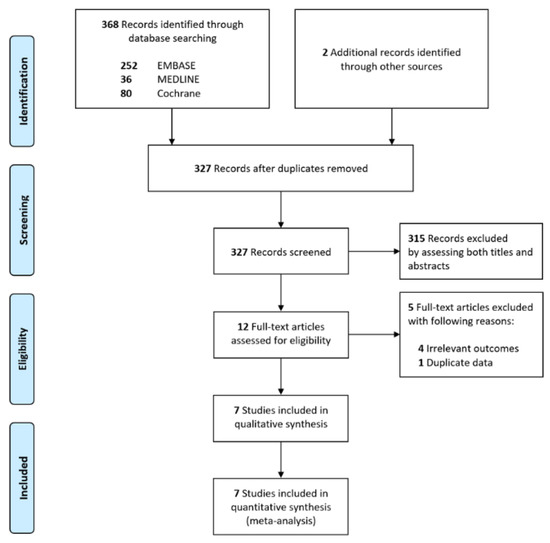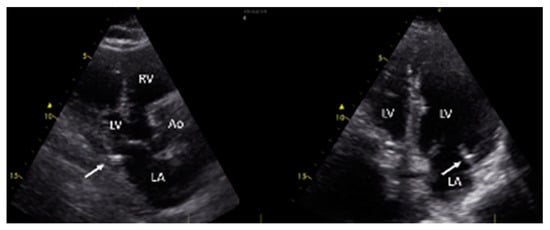Advances of Emergency and Intensive Care (Closed)
A topical collection in Journal of Personalized Medicine (ISSN 2075-4426). This collection belongs to the section "Personalized Critical Care".
Viewed by 43168Editor
Interests: biomarkers; inflammation-related indexes; risk assessment; medical emergencies; cardiac imaging; poisoning
Topical Collection Information
Dear Colleagues,
Despite there are valuable advances in emergency and intensive care medicine in recent years, the rate of mortality and disabilities is still high. Emergency and critical care should be provided for critically ill patients irrespective of age, gender, comorbidities, and underlying diagnosis, in all hospitals in the world.
Emergency and intensive care medicine is characterized by rescuing emergency and intensive patients, patients with acute exposure to poisons, or patients with acute exacerbations of chronic diseases. The field of emergency and intensive care medicine involves a variety of disease syndromes, including sepsis, cardiac arrest, acute respiratory and cardiac failure, shock, poisoning, and more.
The Topical Collection aims at publishing clinical and preclinical experimental observations in the emergency and critical care fields, diagnostic testing, and risk assessment of critically ill or injured patients.
We would like to encourage authors to submit solid research articles/communications or review papers.
Prof. Dr. Catalina Lionte
Collection Editor
Manuscript Submission Information
Manuscripts should be submitted online at www.mdpi.com by registering and logging in to this website. Once you are registered, click here to go to the submission form. Manuscripts can be submitted until the deadline. All submissions that pass pre-check are peer-reviewed. Accepted papers will be published continuously in the journal (as soon as accepted) and will be listed together on the collection website. Research articles, review articles as well as short communications are invited. For planned papers, a title and short abstract (about 100 words) can be sent to the Editorial Office for announcement on this website.
Submitted manuscripts should not have been published previously, nor be under consideration for publication elsewhere (except conference proceedings papers). All manuscripts are thoroughly refereed through a single-blind peer-review process. A guide for authors and other relevant information for submission of manuscripts is available on the Instructions for Authors page. Journal of Personalized Medicine is an international peer-reviewed open access monthly journal published by MDPI.
Please visit the Instructions for Authors page before submitting a manuscript. The Article Processing Charge (APC) for publication in this open access journal is 2600 CHF (Swiss Francs). Submitted papers should be well formatted and use good English. Authors may use MDPI's English editing service prior to publication or during author revisions.
Keywords
- pre-hospital and hospital emergency care
- intensive care
- critical care
- personalized medicine
- heart failure
- cardiotoxicity
- biomarkers
- poisoning
- risk assesment






